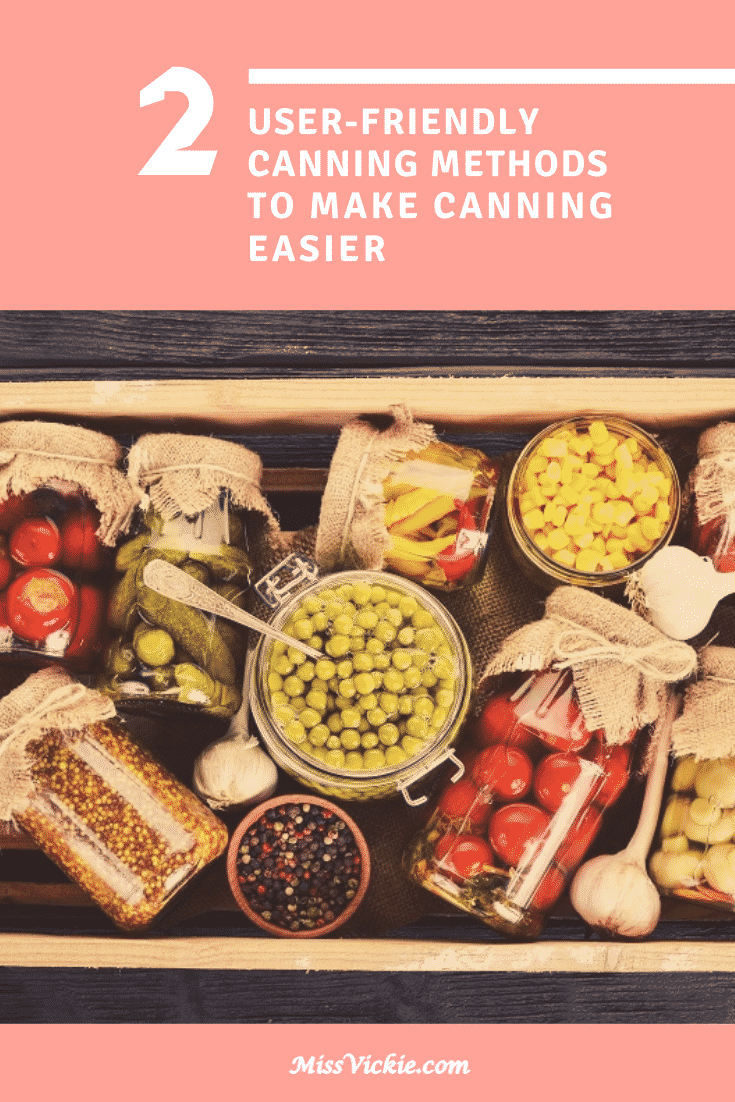
For most people, canning brings back fond memories of grandma making homemade pickles and jellies that always warm the heart. People have been canning and preserving their own food for centuries, which is why the practice might seem a little old fashioned for some individuals. However, since canning was discovered way back in 1810 by a French confectioner named Nicholas Appert, food canning technology has grown by leaps and bounds.
Today, home canners have access to equipment that is a lot more improved. Home canners also now have access to the applied science and knowledge needed to safely can and preserve food at home; something that was missing when Appert first made his discovery. Though food canning has developed to become the phenomenon it is today, it can be very dangerous when it is not done properly.
User-friendly Canning Methods
The process relies on specialized equipment, knowledge, and recipes for it to work as it should. If you botch a canning process, the consequences can be dire as individuals can end up with botulism, which is a rare but debilitating form of food poisoning.
How canning works
The differences between pressure canning and water bath canning
When canning, there are two basic methods that you can use:
- Water bath canning
- Pressure canning
1. Water bath canning
Water bath canning is the simplest of the two techniques and requires a lot less equipment compared to pressure canning. The only piece of equipment needed for water bath canning is a water bath canner in which the jars of food are placed. Inside the bath canner, the cans must be surrounded by boiling water, which is what helps to kill harmful food spoiling bacteria and other injurious agents.
The cans containing special canning lids are secured and immersed in boiling water for the time period specified in the canning recipe. After the process is complete, the jars start to cool down and a vacuum seal is created that helps to ensure that the food has been preserved.
Water bath canning is done for high acidic foods while low acidic foods are best preserved in a pressure canner. Examples of high acid foods that are canned commonly using a water bath canner include pickles, jams, jellies, and marmalades, apple, peaches, pears, meatless spaghetti sauce, as well as ketchup.
2. Pressure canning
Pressure canning, on the other hand, requires more equipment is considered a little more dangerous compared to water bath canning. Before you attempt to pressure can anything, you must ensure that you follow all the instructions and exercise caution to prevent accidents from occurring.
Pressure canning is used for low acid foods because it is the only technique that can fully kill food spoiling bacteria. A boiling water bath can only heat the jars of food to the temperature of boiling water, while pressure canners have the capacity to heat food to temperatures higher than boiling water.
When jars of food are placed inside a pressure canner, they are exposed to heat-based pressure that kills all the harmful bacteria, as well as expel all the gases from the jars. When the processing period comes to an end, the atmospheric pressure inside the jars is lower than the pressure outside and this difference in pressure is what causes the lid to lower onto the jars, therefore forming a vacuum seal that keeps the food safe.